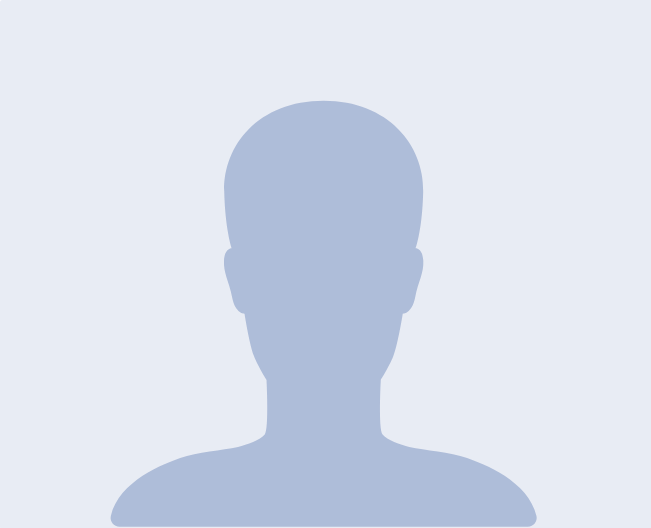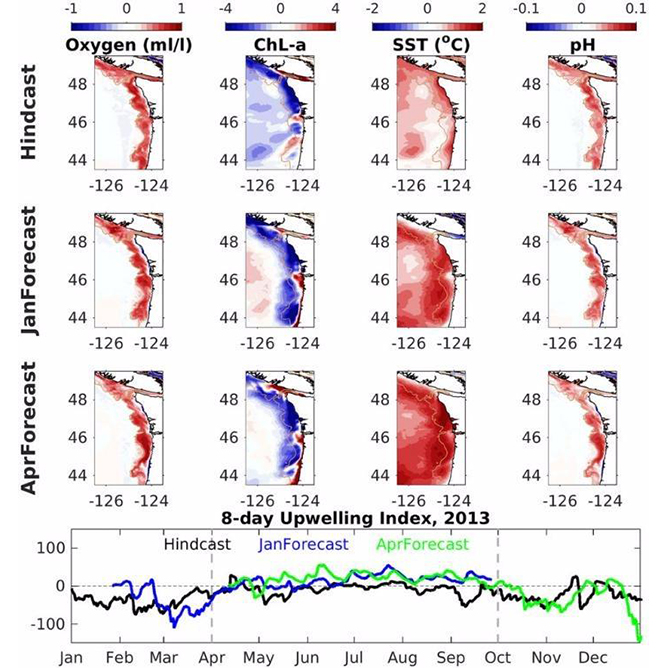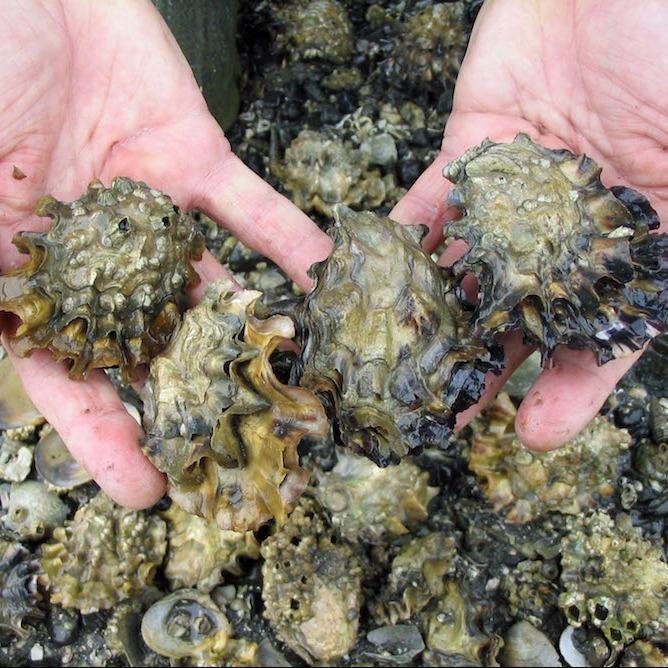
The Ocean Acidification (OA) Advisory Board advises the Interagency Working Group on Ocean Acidification (IWG-OA) and the Subcommittee on Ocean Science and Technology (SOST). The OA Advisory Board provides independent recommendations on matters related to federal activities on ocean and coastal acidification, including understanding impacts and developing mitigation techniques for ecosystems and human communities.
The OA Advisory board’s responsibilities include:
- Advising on federal research, monitoring, and outreach activities related to ocean and coastal acidification, and on efforts to coordinate these activities among agencies;
- Advising agencies who are members of the IWG-OA on priorities for activities related to ocean and coastal acidification as requested;
- Reviewing and making recommendations to SOST on the IWG-OA’s biennial reports, strategic research plan, and vulnerability assessments;
- Advising on best practices for data management and archiving standards for ocean and coastal acidification data;
- Advising on best practices and opportunities for advancing diversity, equity, inclusion, justice, and accessibility within the ocean and coastal acidification education and research community;
- Maintaining mechanisms for engagement and coordination with Tribal governments; and
- Any additional responsibilities the SOST or IWG-OA considers appropriate.
Authority
Congress mandated the establishment of the OA Advisory Board in Section 10644(6) of the Chips and Science Act of 22 (Public Law 117-167 § 10644(6)), 33 U.S.C. § 3703(c). The OA Advisory Board consists of 25 representative members as detailed by the legislation. Members represent a balance of scientific, industry, State and local resource managers, and geographical interests.
Membership
[Member names w/affiliation here]
Contact
Courtney Witkowski, Designated Federal Officer
courtney.witkowski@noaa.gov
Meetings
Upcoming Meetings
Past Meetings
[links here for past meetings]
MEmbership




Name
Affiliation
Bio here. Lorem ipsum dolor sit amet, consectetur adipiscing elit. Ut elit tellus, luctus nec ullamcorper mattis, pulvinar dapibus leo.




Name
Affiliation
Bio here. Lorem ipsum dolor sit amet, consectetur adipiscing elit. Ut elit tellus, luctus nec ullamcorper mattis, pulvinar dapibus leo.




Name
Affiliation
Bio here. Lorem ipsum dolor sit amet, consectetur adipiscing elit. Ut elit tellus, luctus nec ullamcorper mattis, pulvinar dapibus leo.
Resources
Reports
List reports here
Background Documents
2024
Charter
Balance Plan
FRN Solicitation for New Members
The OA Advisory Board carries out its activities subject to the Federal Advisory Committee Act (FACA), as amended, 5 U.S.C. § 1001 et seq., which sets forth standards for the formation and use of advisory committees. Sections 10(e) and (f) of the FACA, 5 U.S.C. §§ 1009(e) and (f), direct the head of the agency responsible for an advisory committee to designate an officer or employee of the Federal Government to ensure committee compliance with FACA, and any other applicable laws and regulations.


